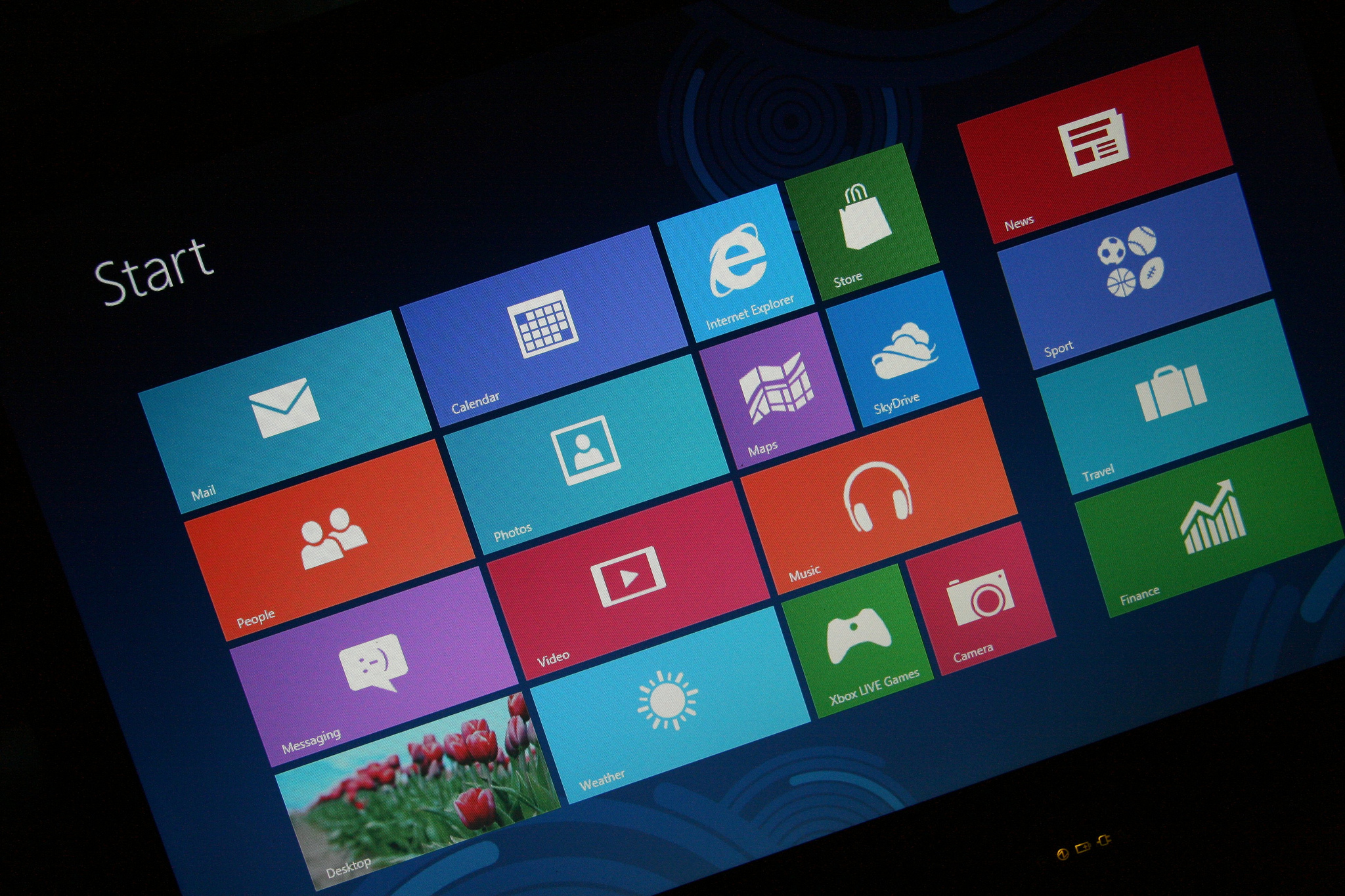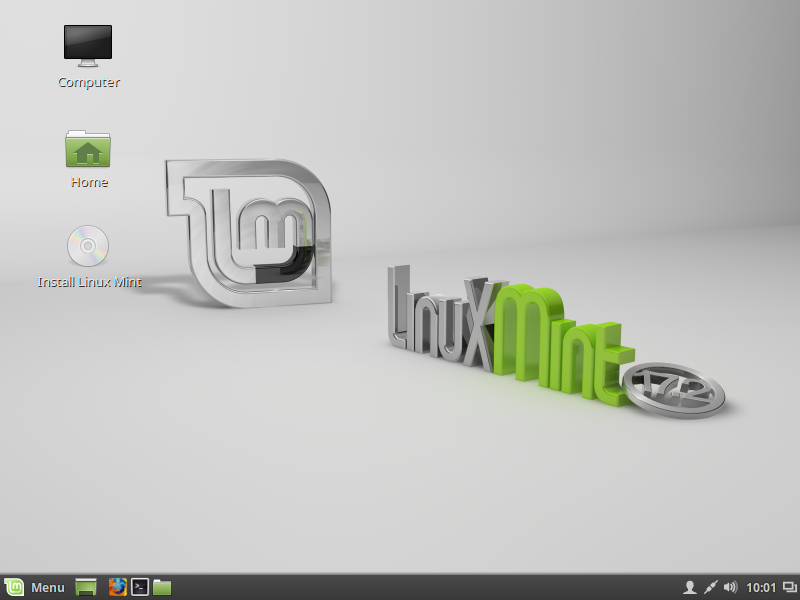How to get a Unix experience on Windows with Cygwin

This is one question I get rarely, however it is easily answered so I decided to write a short post about it. If you really can’t avoid using Windows, and you have 10 good reasons to do so, you can go ahead and read.
The short answer is: you can’t. You won’t be able to emulate a full Unix-like experience in a Windows environment. However you can get close.
Cygwin
The leading solution is called Cygwin, it is a project that aims to provide a Unix-like environment on Windows. It provides the most basic functions as well as many complex ones. You will be able to run bash, git and even X11 (forwarding). Using Cygwin is great if you miss the Linux CLI, you will be able to use mv, cp and others. It also comes with ssh and many useful tools that you expect to find in any Linux distributions. Also Cygwin can replace the default Windows CMD entirely, or it can integrate with almost no pain without touching the Windows CMD.
A prettier interface
If you are unsatisfied with Cygwin default interface, this one is for you. Although Cygwin ships with minTTY (that you can access by right clicking the top-left icon in the window) which allows you to change the console appearances, you might want something more. You can then try Console and ConEmu. The first one is easy to use, one-file program, and pretty basic. I used it in the first times, however I wanted something more. ConEmu resolved that. Not only you can customize the appearance of the console, with ConEmu you can also have multiple “profiles” of consoles. That allowed me to run Git Bash and Cygwin in two separate tabs. Also Console is capable of doing that, but ConEmu is just so tweak-able that whatever you want is just a setting away from you.
In conclusion this is the solution I used in the past to make myself feel at home in a Windows machine, however it is clunky and it won’t replace a real Linux installation. Also there are other alternatives out there like Foreign Linux (that I suggest you not to use because of its stability).
All images thanks to Wikimedia Commons.
- 2020 A year in review for Marksei.com - 30 December 2020
- Red Hat pulls the kill switch on CentOS - 16 December 2020
- OpenZFS 2.0 released: unified ZFS for Linux and BSD - 9 December 2020









Recent Comments